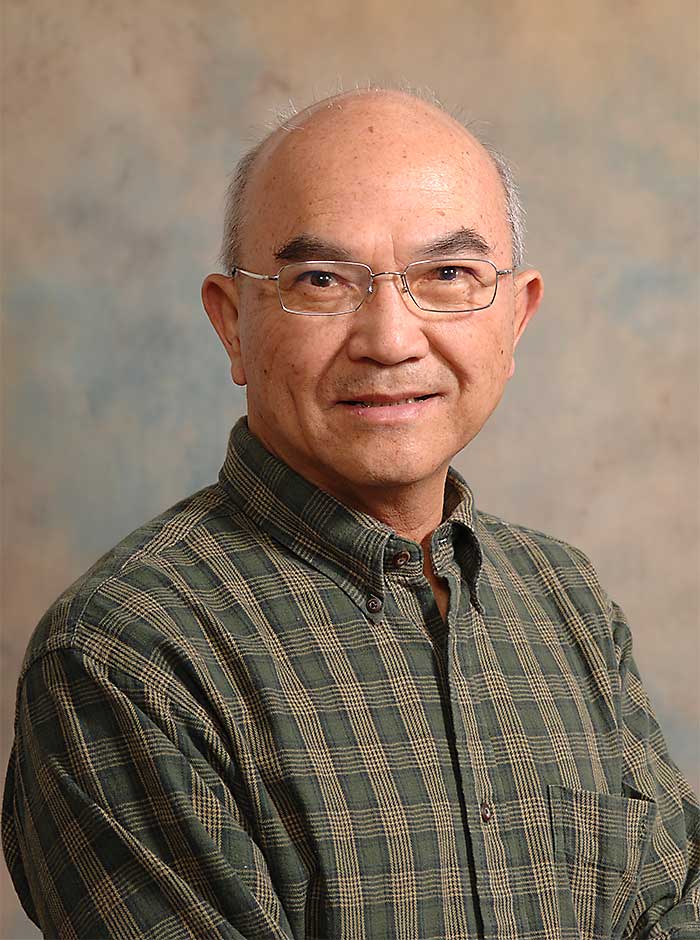Reviews To Read – January 2017
Su, Tsung-Ping; Su, Tzu-Chieh; Nakamura, Yoki; Tsai, Shang-Yi
The Sigma-1 Receptor as a Pluripotent Modulator in Living Systems. Journal Article
In: Trends Pharmacol Sci, vol. 37, no. 4, pp. 262–278, 2016, ISSN: 1873-3735 (Electronic); 0165-6147 (Linking).
@article{Su:2016aa,
title = {The Sigma-1 Receptor as a Pluripotent Modulator in Living Systems.},
author = {Tsung-Ping Su and Tzu-Chieh Su and Yoki Nakamura and Shang-Yi Tsai},
url = {https://www.ncbi.nlm.nih.gov/pubmed/26869505},
doi = {10.1016/j.tips.2016.01.003},
issn = {1873-3735 (Electronic); 0165-6147 (Linking)},
year = {2016},
date = {2016-04-01},
journal = {Trends Pharmacol Sci},
volume = {37},
number = {4},
pages = {262--278},
address = {Cellular Pathobiology Section, Integrative Neuroscience Research Branch, Intramural Research Program, National Institute on Drug Abuse, National Institutes of Health, Department of Health and Human Services, Baltimore, MD 21224, USA. Electronic address: TSU@intra.nida.nih.gov.},
abstract = {The sigma-1 receptor (Sig-1R) is an endoplasmic reticulum (ER) protein that resides specifically in the mitochondria-associated endoplasmic reticulum (ER) membrane (MAM), an interface between ER and mitochondria. In addition to being able to translocate to the plasma membrane (PM) to interact with ion channels and other receptors, Sig-1R also occurs at the nuclear envelope, where it recruits chromatin-remodeling factors to affect the transcription of genes. Sig-1Rs have also been reported to interact with other membranous or soluble proteins at other loci, including the cytosol, and to be involved in several central nervous system (CNS) diseases. Here, we propose that Sig-1R is a pluripotent modulator with resultant multiple functional manifestations in living systems.},
keywords = {},
pubstate = {published},
tppubtype = {article}
}
The sigma-1 receptor (Sig-1R) is an endoplasmic reticulum (ER) protein that resides specifically in the mitochondria-associated endoplasmic reticulum (ER) membrane (MAM), an interface between ER and mitochondria. In addition to being able to translocate to the plasma membrane (PM) to interact with ion channels and other receptors, Sig-1R also occurs at the nuclear envelope, where it recruits chromatin-remodeling factors to affect the transcription of genes. Sig-1Rs have also been reported to interact with other membranous or soluble proteins at other loci, including the cytosol, and to be involved in several central nervous system (CNS) diseases. Here, we propose that Sig-1R is a pluripotent modulator with resultant multiple functional manifestations in living systems.

